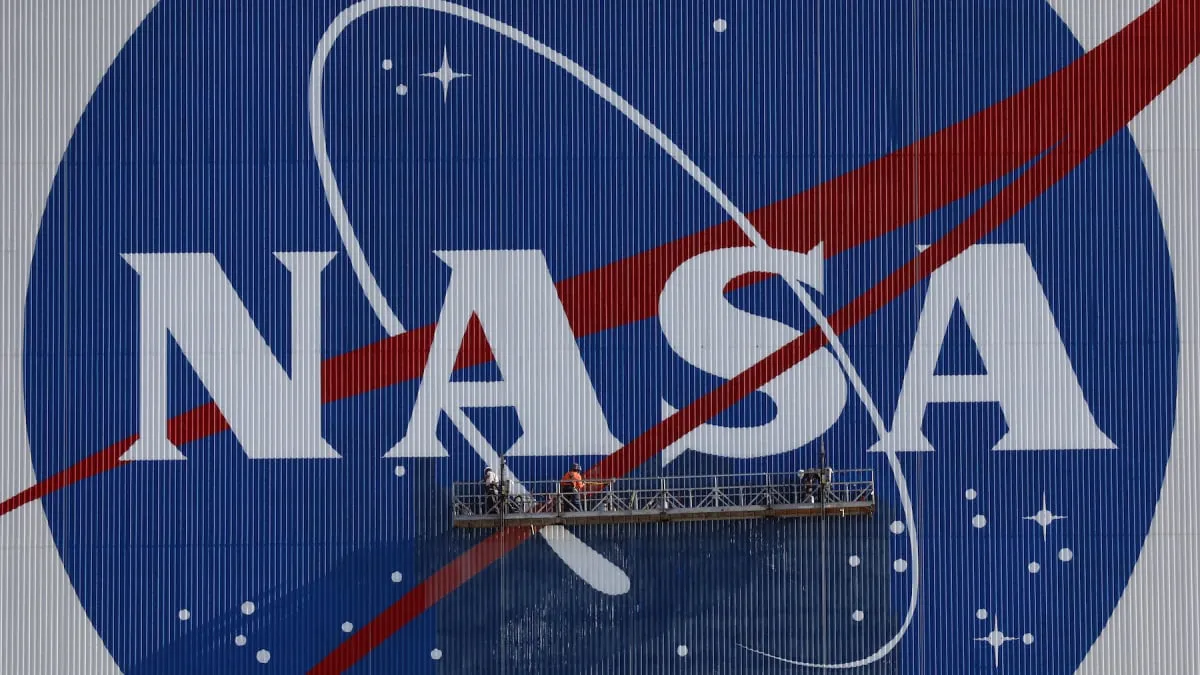
In a significant revelation, a new analysis by NASA indicates that global sea levels have risen more than anticipated in 2024. This analysis, which utilizes data from various specialized satellites, underscores a critical point: while yearly fluctuations in sea level may seem minor, the overarching trend is what truly matters. Since the inception of satellite measurements in 1993, global sea levels have surged over 10 centimeters (approximately four inches), and the pace of this increase is accelerating. Historically, sea levels have risen approximately eight to nine inches since 1880.
“Every year is a little bit different, but what’s clear is that the ocean continues to rise, and the rate of rise is getting faster and faster,” stated Josh Willis, a researcher at NASA’s Jet Propulsion Laboratory who specializes in sea level rise. As we continue to monitor sea level rise, it becomes evident that this phenomenon contributes to increased flooding and storm damage, posing a direct threat to coastal infrastructure, including sewage plants and water supplies.
Over the past decade, responses to reports on sea level rise have ranged from dismissive to skeptical. Many argue that a four-inch increase over several decades might not seem alarming. While it's true that four inches alone might not trigger immediate concern, it is vital to recognize that this rise is part of a larger, more troubling trend. Leading researchers from prestigious U.S. agencies, including the National Oceanic and Atmospheric Administration (NOAA) and NASA, forecast that sea levels along the U.S. coast could rise by 10 inches to a foot within the next 30 years.
The projections don't stop there; scientists warn that several feet of sea level rise could be observed by the end of the century. A recent NASA graphic illustrates the data captured by satellites since 1993, highlighting that the rate of sea level rise has doubled in this timeframe. Satellites like the Sentinel-6/Michael Freilich use radar altimeters to measure sea level by sending radio waves from space to the ocean's surface, capturing the reflected signals.
There are two primary contributors to sea level rise. The first, accounting for about two-thirds of the increase, is melting ice. Around the world, mountain glaciers are receding, and the water released contributes significantly to ocean levels. Moreover, the massive ice reserves on Greenland and Antarctica are releasing vast quantities of water into the sea. For instance, the Greenland Ice Sheet, roughly three times the size of Texas, lost around 200 gigatons of ice annually between 2003 and 2019.
The second contributor is thermal expansion; as the oceans absorb heat, they expand. In 2024, thermal expansion was particularly significant due to the year being marked as the hottest on record, with the oceans absorbing more than 90 percent of the heat generated by human activities. This phenomenon contributed to a sea level rise of nearly a quarter inch, surpassing previous annual forecasts.
Looking ahead, melting ice sheets are expected to play a substantial role in future sea level rise. NASA's Josh Willis has emphasized that these ice sheets are just beginning to respond to rising temperatures. However, predicting how much sea levels will rise by the century's end is complex, as humanity has never previously witnessed such extensive melting caused by human activity.
One of the most critical points of concern is the Thwaites Glacier in Antarctica, which is destabilizing and could potentially release a significant amount of water into the ocean in the coming decades. According to Sridhar Anandakrishnan, a glaciology professor at Penn State University, Thwaites has the potential to dramatically impact sea levels.
The ongoing trend of four inches of sea level rise since 1993 is merely the beginning. Various long-term scenarios for sea level rise, projected between 2050 and 2150, have been compiled by U.S. agencies. The most optimistic scenario requires global cooperation to stabilize Earth's warming at approximately 1.6 degrees Celsius (2.8 degrees Fahrenheit) above 19th-century levels by mid-century.
Conversely, the intermediate scenario, which anticipates a world warmed by around 2 degrees Celsius (3.6 degrees Fahrenheit), predicts that sea levels could rise by 1.3 feet by 2050 and several feet by 2100. Ultimately, the extent of future sea level rise will hinge on the choices made by humanity today.